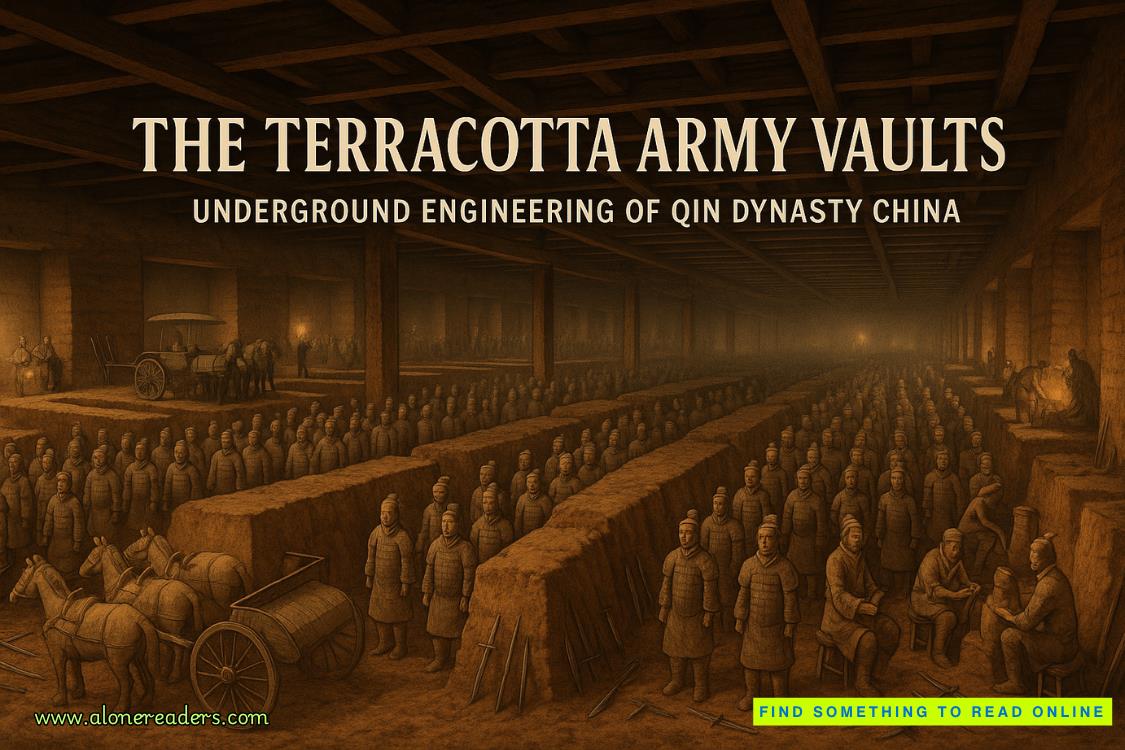Page 67 of Protected By My Best Friend's Brother
Stan watches our exchange with barely concealed amusement. “You two remind me of me and the missus when we were starting,” he offers with a gruff chuckle. “Forty-two years next month, and she still gets that look when I talk about optimizing the garden irrigation system.”
Emma’s laugh follows me out of the plant.
I clean up as best I can in the small bathroom near the plant manager’s office, but there’s no hiding the grime embedded under my fingernails or the faint smell of industrial lubricant that’s somehow permanently attached itself to my skin. And honestly, I wouldn’t want to. These are badges of honor now—proof that I’m finally learning what my father tried to teach me years ago about understanding every level of the company.
I join the video call from the plant manager’s office, surrounded by decades-old motivational posters and faded family photos of the Johnson dynasty. The contrast between thislived-in space and the antiseptic board room couldn’t be more stark.
“Mr. Walker,” the chairwoman greets me, one eyebrow rising slightly at my appearance. “How goes Ms. Hastings’ experimental approach?” The board is naturally concerned about our timeline given Brighton’s continued pursuit of the Johnsons.
“See for yourself.” I share the preliminary data Emma compiled last night, the colorful graphs and efficiency matrices displaying undeniable progress. “Production efficiency is already up 12%, and that’s before we even start the tech integration. The workers are actively contributing ideas because they know we’re listening to them—we’ve collected over forty sustainability innovations from the floor team alone.”
Bradshaw leans forward, his normal skepticism tempered by obvious interest. “And the Johnsons’ response?”
“Mr. Johnson spent two hours with us yesterday, rolling up his sleeves and showing us tricks about the original system that could revolutionize our sustainability approach.” I lean forward, enthusiasm evident in my posture. “Mrs. Johnson has requested weekly updates on our findings—she believes this could transform their approach to training and knowledge transfer.”
I shared several more implementation details before wrapping up. The meeting ended quickly, and our progress noticeably softened the board’s initial skepticism. Even Miller, who had been on the fence about our approach, seems impressed by the tangible results. As I end the call, I realize how much I’ve changed in such a short time. Two years ago, I’d have been horrified at appearing before the board in anything less than immaculate condition. Now, the machine grease under my fingernails feels like evidence of something important—something real.
I head back into the plant, the familiar cacophony of industrial sounds enveloping me as I pass through the heavy doors. Fluorescent lights cast everything in a harsh glow, making the massive machinery seem almost alive as it pumps and hisses. But now, instead of seeing chaos and noise, I see patterns—rhythms and workflows that Emma has been teaching me to recognize all week.
I find her deep in conversation with Gordon, the night shift supervisor, about the rubber duck perched atop his control console. The small yellow toy looks absurdly out of place amidst the serious industrial equipment, but Gordon is gesturing toward it with profound seriousness.
“...been with me through three system upgrades and two major retrofits,” he’s explaining. “Machines work better when Gordon Junior is watching over them. Call it superstition if you want, but the emissions numbers don’t lie.”
Instead of dismissing his attachment to the toy as irrational, Emma nods thoughtfully. “The psychological component of workplace efficiency is well-documented,” she says, making notes on her tablet. “If we add a manual override option here,” she continues, pointing to a schematic of the new interface, “Gordon Junior can still be your good luck charm on the console without interfering with the automated sequences. The sustainability metrics show better results when he’s positioned by the emissions monitoring system, anyway.”
The supervisor beams, his weathered face creasing with genuine delight. “You’re all right, Ms. Hastings. Not like them fancy consultants who wanted to toss Gordon Junior in the trash. He’s been watching over these machines longer than most of our quality control team.”
I hang back, watching her work. In just three days, she’s transformed our entire approach, turning corporate automation into something personal and human. Where Brighton’s teamwould have standardized everything and eliminated the quirks and personal touches that make this plant unique, Emma has found ways to incorporate them—to build technology around people rather than forcing people to adapt to technology.
My heart swells with pride and something deeper, something that feels a lot like forever. In this moment, surrounded by the controlled chaos of industrial manufacturing, I’m more certain than ever that Emma Hastings is the most remarkable person I’ve ever known.
“Earth to Lucas!” She waves a hand in front of my face, breaking my reverie. “You’re thinking too hard again. I can see the gears grinding.”
“Just admiring my brilliant girlfriend at work.”
“Your brilliant girlfriend is covered in grease and probably has machine oil in her hair.” She self-consciously touches her ponytail, which has acquired a distinctly industrial sheen.
“Never looked better.” I tug her closer, not caring who sees. The old Lucas might have worried about maintaining professional distance, about what the employees might think. The new one recognizes that our connection is part of our strength. “Have dinner with me tonight? Real dinner, not takeout over sustainability reports and implementation schedules.”
Her smile could power the entire factory. “Like a proper date? With actual clothes instead of coveralls?”
“Well, the coveralls have their charm, but yes. To celebrate your strategy working. And maybe...” I brush back a stray curl that’s escaped her hard hat, tucking it gently behind her ear. “To talk about some things that don’t involve manufacturing processes.”
“Smooth talker.” She rises on tiptoes to kiss me quickly, a brief connection that somehow feels more intimate for its simplicity. “But yes, though, I need to shower first. And you...” She plucksat my ruined tie, which started the day as midnight blue silk and now resembles an abstract art project. “Might want to change. Pretty sure that’s hydraulic fluid on your Italian leather shoes.”
“Worth it.”
And it is. All of it—the ruined clothes, the board meetings, the late nights and early mornings. The stiff muscles from crawling under machinery and the endless technical explanations that sometimes go over my head.
Worth it to see her innovation recognized, her confidence soaring, and her ideas reshaping how we do business.
Worth it to be exactly who we are, together.
***
Later that evening, we’re seated at a quiet corner table at Bella’s, the famous candlelight creating dancing shadows across the white tablecloth. I can’t take my eyes off Emma as she talks, her hands moving gracefully to emphasize points about next week’s implementation. The intimate lighting catches in her hair, turning it to burnished gold, and reflects in her eyes when she laughs.
She’s wearing that sky-blue dress that makes my breath catch—the one that reminds me of summer skies and possibilities. When she leans forward, I breathe in the scent of her perfume, subtle and intoxicating, pulling me closer.















